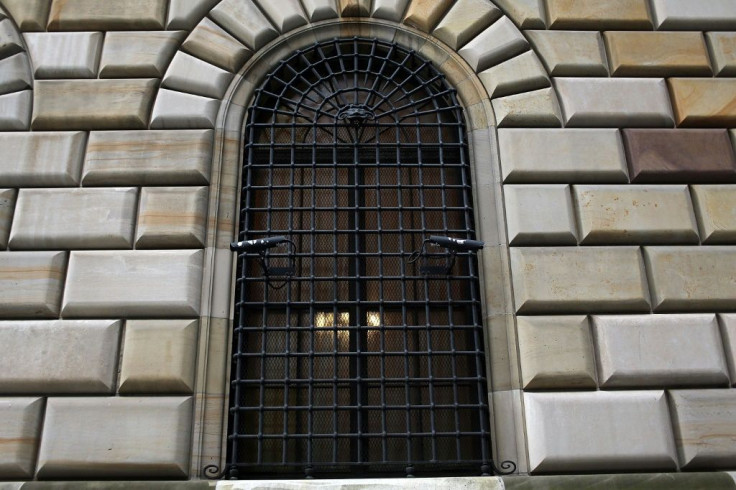US Household Debt Nears $14 Tn In Q3: NY Fed

Borrowing by American households rose for the 21st straight quarter in the July-September period and is more than $1 trillion above the prior peak set in 2008 at the outset of the global financial crisis, the New York Federal Reserve Bank said Wednesday.
Amid attractive interest rates, total household debt rose 0.7 percent to $13.95 trillion in the July-September period compared to the prior three months, driven higher by mortgage borrowing as well as student and auto loans, according to the latest quarterly data.
The New York Fed also released data showing that borrowers from mostly black neighborhoods were having greater difficulty in paying their student loan debts than borrowers from mostly white and Hispanic neighborhoods.
Rising wages and low unemployment also helped cut bankruptcies 13.4 percent below year-ago levels to 186,000. The rate of new delinquencies among mortgage borrowers was also the lowest on record.
"New credit extensions were strong in the third quarter of 2019, with auto loan originations reaching near-record highs and mortgage originations increasing significantly year-over-year," Donghoon Lee, a New York Fed research officer, said in a statement.
"The data suggest that households are taking advantage of a low-interest rate environment to secure credit."
Student loans rose $20 billion to $1.5 trillion, with 9.26 percent becoming past due by 90 days or more.
In a separate publication, the New York Fed also said data from racially segregated neighborhoods showed borrowers from area codes with a majority of black residents were more likely to borrow and about twice as likely to default on student loans than borrowers from majority-white areas, according to the New York Fed.
The relatively higher default rates likely reflect a struggle to repay amid large income disparities, with average student loan balances approaching 100 percent of average income in black-majority areas, the New York Fed said.
© Copyright AFP {{Year}}. All rights reserved.





















